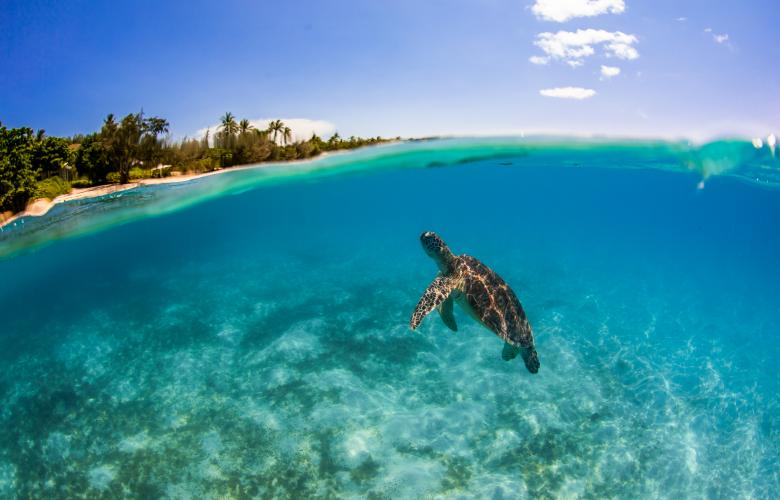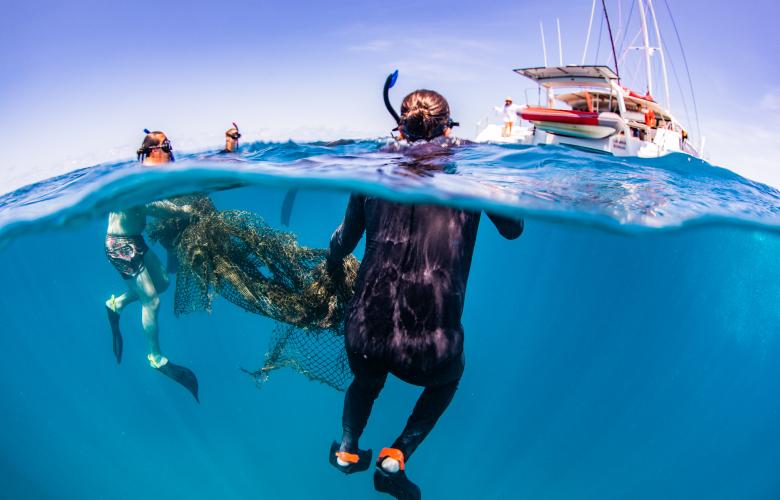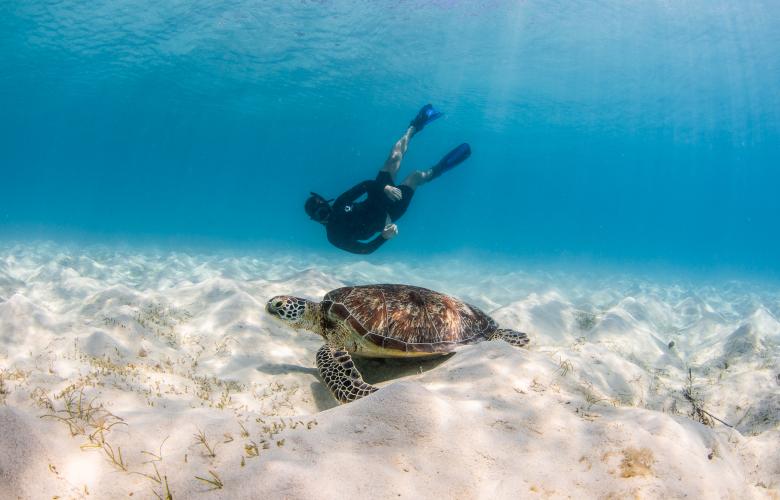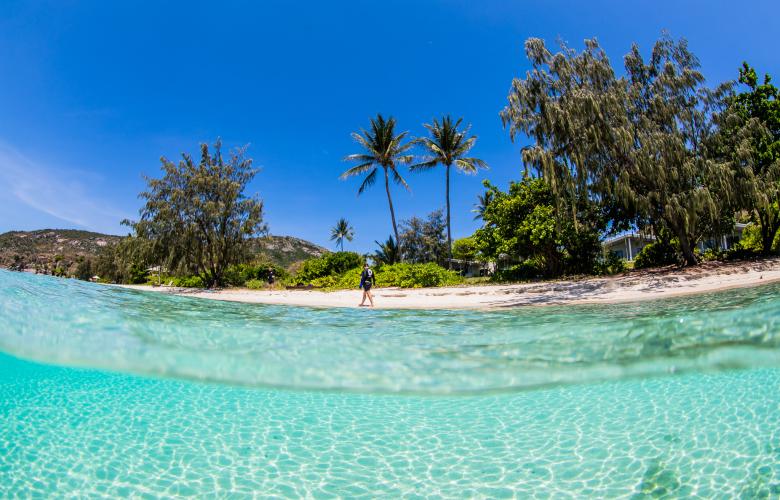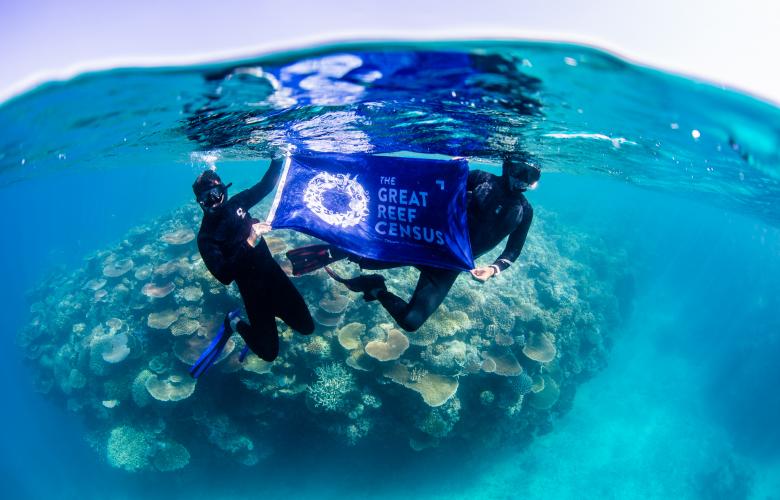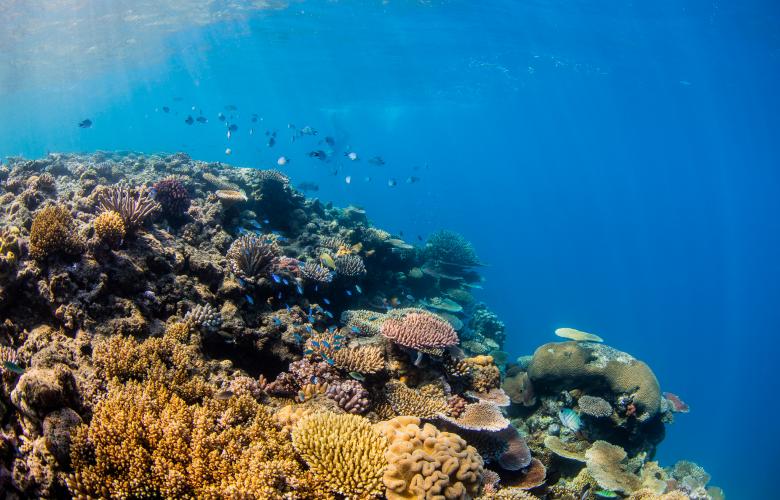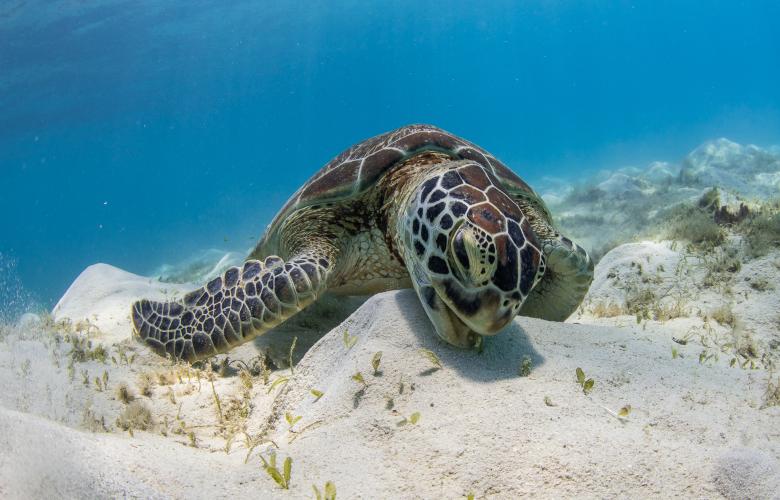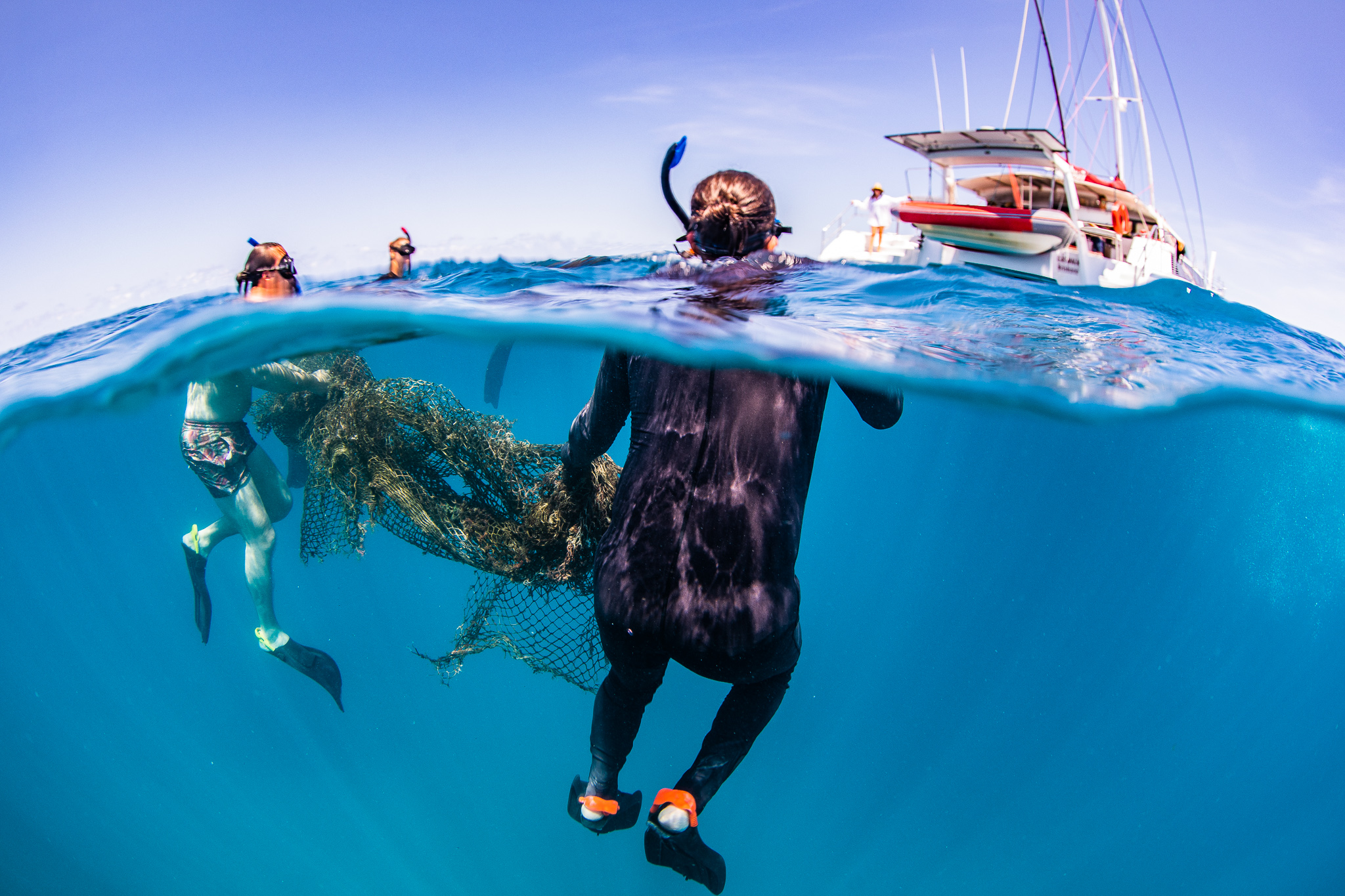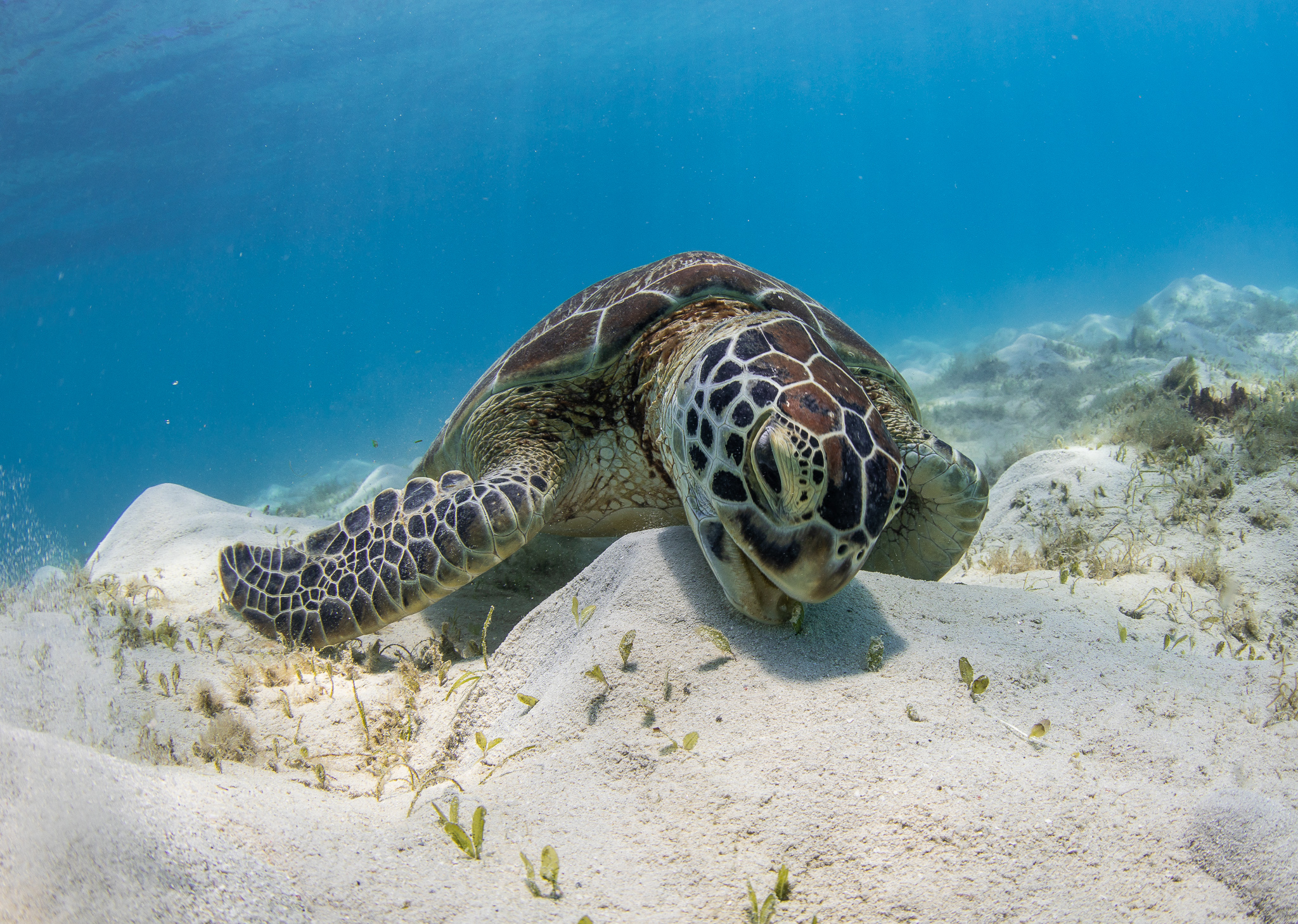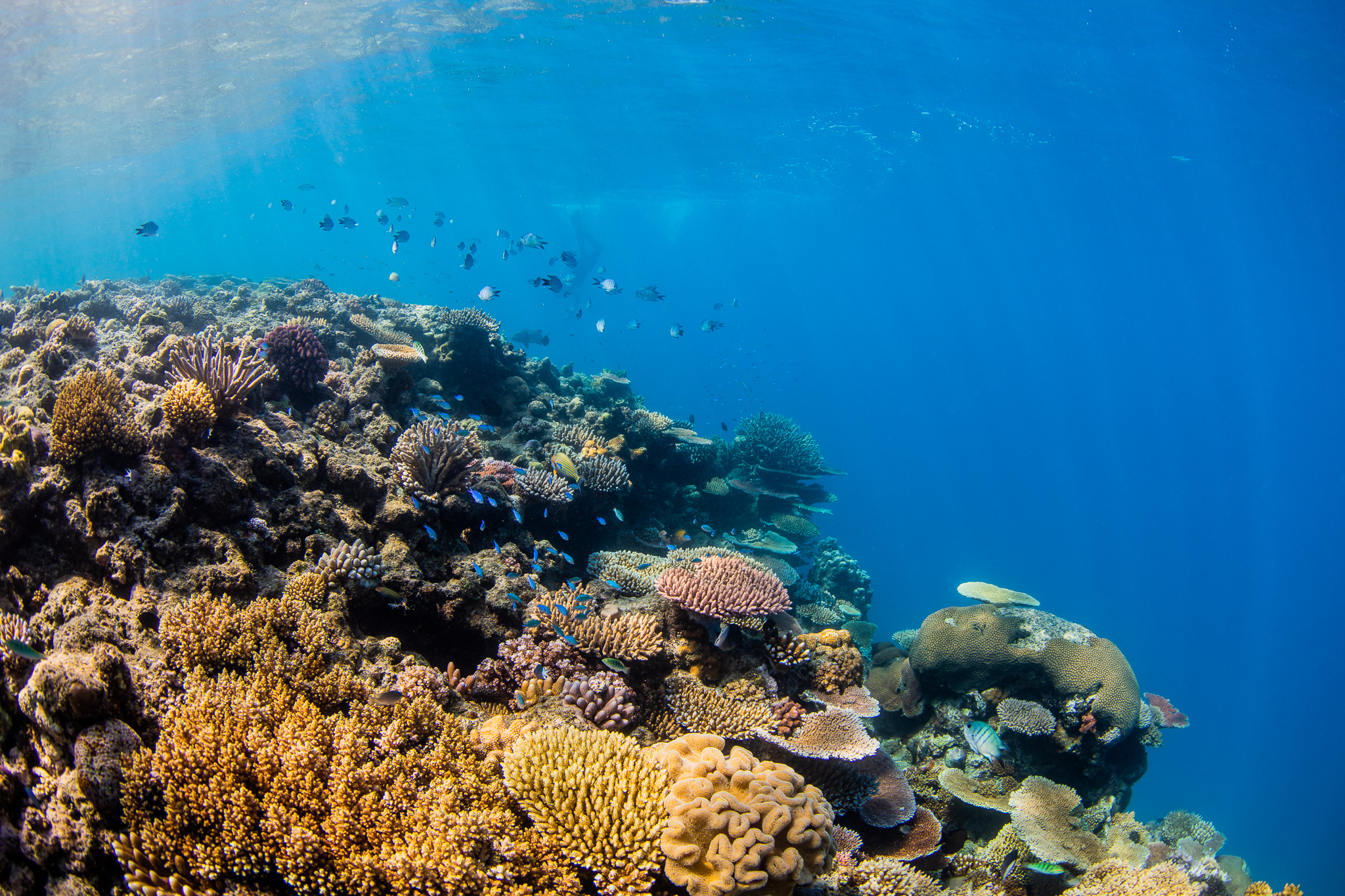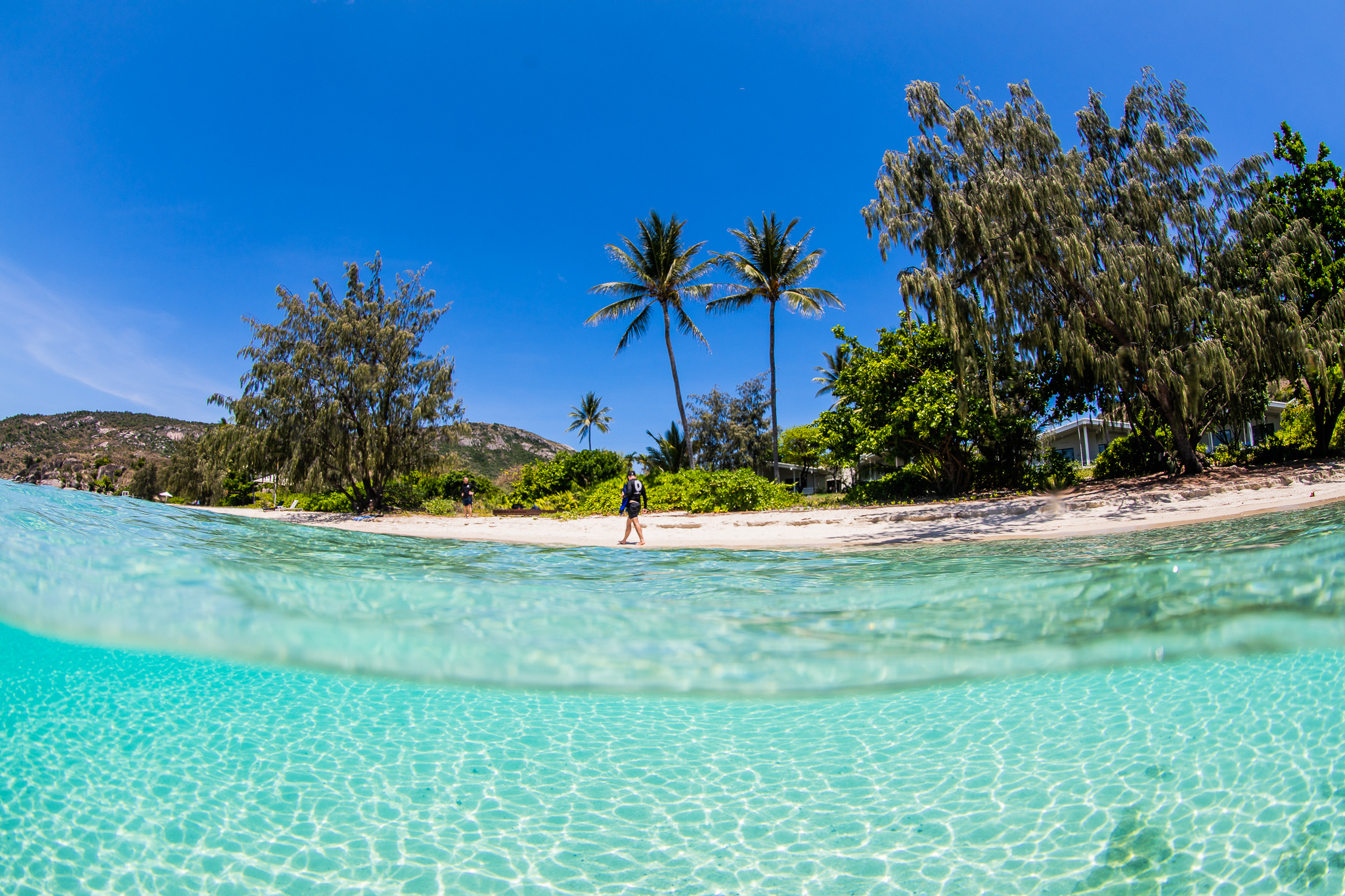Lizard Island Partners with Citizens of the Great Barrier Reef
Contact
Lizard Island Partners with Citizens of the Great Barrier Reef
For the first time, some of Queensland’s most remote reefs around Lizard Island have been surveyed by citizen scientists aboard a fleet of volunteer vessels taking part in the Great Reef Census 3 led by conservation organisation Citizens of the Great Barrier Reef.
For the first time, some of Queensland’s most remote reefs around Lizard Island have been surveyed by citizen scientists aboard a fleet of volunteer vessels taking part in the Great Reef Census 3 led by conservation organisation Citizens of the Great Barrier Reef.
The Great Reef Census 3 expeditions at Lizard Island completed reconnaissance surveys of eleven remote reefs from the fifteen in the region, marking the start of an important partnership between celebrated luxury lodge Lizard Island and Citizens of the Great Barrier Reef.
One of the most northerly islands in the World Heritage-listed Great Barrier Reef, Lizard Island offers access to a wide area of the reef and some of the most remote coral outcrops, home to a richly diverse community of coral and marine species. The fifteen reefs around the island include high priority reefs vital to scientists and reef managers, including the Crown-of-Thorns Starfish (COTs) Control Program.
A flotilla of ten vessels including the resort’s resident fleet of luxury launches and dive boats, together with crews onboard sailing yachts, fishing charters and a superyacht responded to the census callout and departed Lizard Island’s Anchor Bay to take part in the survey.
Included in the reefs surveyed for the first time during the expedition were MacGillivray Reef, Linnet Reef and Parke Reef, all high priority reefs for the COTs Control Program.
In an important additional conservation outcome of the initiative, Citizens of the Great Barrier Reef and Lizard Island staff discovered and removed a ‘ghost’ net trapped at Parke Reef. Ghost nets are extremely dangerous in the coral reef ecosystem, continuing to trap and constrain marine life if left undetected.
The Great Reef Census in-water surveying is open to any competent snorkeler with a GoPro who visits the reef between October and January each year and requires a series of 20 underwater images to be taken at sites along a particular reef.
The Great Reef Census provides broadscale reconnaissance of reef conditions across the Great Barrier Reef, with results helping to inform decisions on directing boats for the control of Crown-of-Thorns starfish. The citizen science initiative is also central to identifying ‘key source reefs’, which release large amounts of larvae during the annual mass spawning event and play an important role in helping neighbouring reefs to regenerate.
The Citizens of the Great Barrier Reef team travelled to Lizard Island to coordinate several census expeditions around the island, at the same time training ten of the resort’s staff to continue to survey nearby reefs for the third Great Reef Census and beyond, with a vision to engage guests and visitors to the island to join the citizen science initiative.
From early 2023, citizen scientists from across the world will be able to log on to www.greatreefcensus.org to help analyse images taken at Lizard Island and others from the Great Reef Census 3, with a callout planned for tens of thousands of people to take part when the platform is launched next year.
Lizard Island General Manager Leon Pink said the new partnership with Citizens of the Great Barrier Reef was the result of several years of planning and paved the way for ongoing hands-on citizen science initiatives allowing resort guests to make a positive contribution to the Great Barrier Reef.
“After years in the planning we’re so pleased to offer visitors to the World Heritage-listed reef from Australia and around the world the opportunity to engage in regenerative, purposeful travel and real conservation action, Mr Pink said.
“Lizard Island is the only luxury resort located with front row access to the Great Barrier Reef, so it's the perfect place to engage visitors and guests in this remarkable citizen science project,” he said.
Citizens of the Great Barrier Reef CEO Andy Ridley AO said the partnership was an incredible opportunity to engage those who work on the reef to become ambassadors for the initiative and encourage visitors to take part in one of the world’s biggest marine citizen science initiatives.
“We’re thrilled to have partnered with Lizard Island, mobilising its flotilla of boats and training staff to help us reach and survey some of the most remote reefs in the far north of the Great Barrier Reef,” Mr Ridley said.
“The Citizens of the Great Barrier Reef’s 21st century approach to conservation is to empower individuals and communities to take charge and help us reach more reefs and collect more data that will then be analysed by reef managers, experts and citizen scientists across the world. What better place to get involved in the water than on the reefs off Lizard Island?” he said.
The Great Reef Census is one of the world’s largest marine citizen science initiatives, involving divers, tourism crews, recreational fishers, tourists, luxury resorts and fleets of superyachts to survey hundreds of reefs across the 2,300 km Great Barrier Reef.
Results tallied from last year’s Great Reef Census included survey data collected from a total of 315 reefs by a motley flotilla of tourism and dive boats, superyachts, fishing vessels and even a tugboat over the 12-week marine operation. Community participation more than doubled from the first Census, with 42,000 survey images collected for analysis by citizen scientists from across the world.
Related Reading:
Stay in laidback luxury - The House on Lizard Island opens | The Hotel Conversation
“The World’s Best Remote Hotel” The Bloomfield Wilderness Lodge for sale by Colliers Cairns | The Hotel Conversation
Queensland's Lindeman Island for sale - CBRE | The Hotel Conversation

